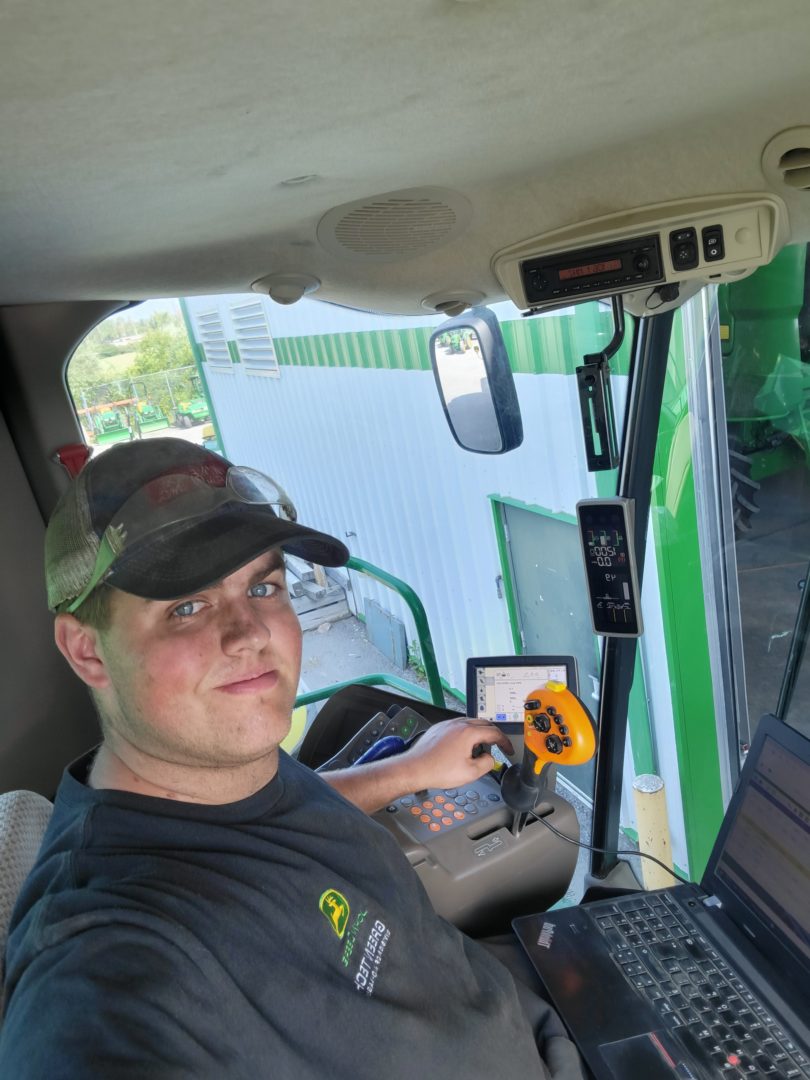By Dougie Robinson
Hi everyone! I’m here to share about the Soil & Crop Club, my favourite club that includes sustainable agriculture. In the Soil and Crop Club, you will learn about many interesting things like the new technology being used to increase yields on less acreage or the use of different crops for soil health. Here are some examples of club topics that I have been part of:
Plant Emergence and Population
This is the most important step when growing any crop because many factors can affect yields. I learned that the seed must be at a consistent depth and spacing across the field to have emergence of the plant. If you are not consistent with both the depth and spacing your field, it could look like waves on a lake. This does not allow each seed to get the same amount of sunlight, nutrients, and water while growing. That can lead to lower yields and higher cost of fertilizer for the following season.
Technology
Having an open mind to technology on your farm allows constant monitoring to what is going on with the plants in your field, as well as being more precise with equipment features. We had a local equipment dealership show us how GPS systems work in equipment and how this tool can save time and money. One topic that really interested me was how a planter can now adjust planting depth “on the go” in different soil conditions, AMAZING! Another interesting topic was sprayer and fertilizer spreader technology. The operator can now apply different rates to areas in the field where more or less should be used. Again, saving time and money on products that we put on our fields and plants.
Cover Crops and Crop Rotation
Cover crops are going to be a big game changer to soil health over the winter months. Having a crop like oil seed radishes or winter wheat will help soil from eroding away from the winter melt. The crop will use the water for growth and will stop any soil from washing away. Another bonus for using cover crops is that they can be harvested or tilled into the soil and be used as a source of fertilizer. This means less fertilizer will be used when planting the next crop. Adding a crop rotation to your planting succession plan will help with not only saving on fertilizer, but it can also help with weed control. Some weeds buildup a resistance against different products used on them over a long period. Rotating your crops will help to avoid this situation and help maintain healthy soil.
